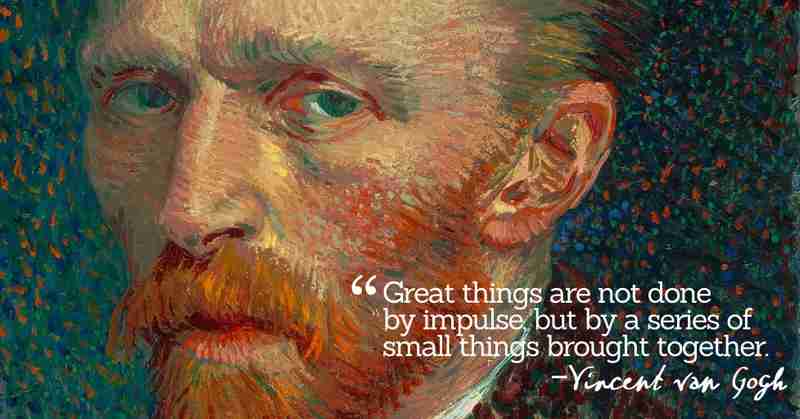Children find all sorts of unexpected ways to nurture their imagination. With uninhibited curiosity and creativity for fantasy, they can create and connect concepts without inner judgment. What children discover with their active imagination often molds how they see the world and fuels their dreams, as the following cases will illuminate.
Albert Einstein (1879–1955) hardly spoke until he was three. His delayed verbal development made him curious about ordinary things that most grown-ups take for granted—such as the nature of space and time. When he was five and sick in bed, Einstein’s father brought him a contraption that stirred his mind no end. It was the first time he had seen a magnetic compass. Laying in bed, Einstein tried waving and turning the little gadget in vain to trick it into pointing off in a new direction. He later wrote, “A wonder … this experience made a deep and lasting impression upon me. Something deeply hidden had to be behind things.”
Bertrand Russell (1872–1970) was born into a notable aristocratic family. His parents were progressive thinkers and atheists. They chose philosopher John Stuart Mill as Russell’s secular godfather. When Russell’s parents died when he was four, they designated in their will that their progressive friends should look after young Russell and bring him up as an agnostic. But his grandparents intervened, abandoned the parents’ stipulation, and raised Russell and his brother Frank in a strict Christian household. As an adolescent, Russell kept a diary expressing his misgivings about God and concepts of free will. He kept his diary in Greek letters so that his grandparents couldn’t read it. When he went to Cambridge, he bumped into many people who thought the way he did. He actively engaged in debates and discussions. When Russell was eleven, Frank introduced him to the work of Euclid, which Russell described in his autobiography as “one of the great events of my life, as dazzling as first love. I had not imagined there was anything so delicious in the world. From that moment until I was thirty-eight, mathematics was my chief interest and my chief source of happiness.” Russell became the 20th century’s most important agnostic, philosopher, and mathematician.
Ansel Adams (1902–84) had a difficult time in school. An unruly boy, he was hyperactive and dyslexic. He was ousted from several schools. He later wrote, “Education without either meaning or excitement is impossible. I longed for the outdoors, leaving only a small part of my conscious self to pay attention to schoolwork.” His parents eventually gave up and began homeschooling him. When he was 14, they gave him two gifts: a Kodak #1 Box Brownie camera and a trip to Yosemite National Park (the National Parks Service had just been established.) On that family trip, Adams was so captivated by the charm of the mountains and the woods that he would revisit the park every summer for the rest of his life. Adams began experimenting with cameras, solidifying a lifelong connection between his two passions—photography and the natural world. He set the gold standard for art photography in the 20th century. His extraordinary photographs of Yosemite and other wilderness areas became familiar to millions worldwide.
Idea for Impact: You never knew what would spark the imagination. Build your creative muscle. Emphasize effort over the results of creative endeavors and enjoy new experiences. Play. Wander. Rebel. Experiment. Challenge. Indulge. Question. Absorb.
.jpg)


.jpg)
 Vincent embarked upon his artistic career at the somewhat advanced age of 27. According to
Vincent embarked upon his artistic career at the somewhat advanced age of 27. According to 



 Vincent was raised in a religious and cultured atmosphere. Growing up, he possessed a difficult temper and lacked self-confidence. All through youth, Vincent struggled to find his place in the world. This was a precursor to his life-long struggle to find meaning and establish some kind of harmonious relationship with the outer world.
Vincent was raised in a religious and cultured atmosphere. Growing up, he possessed a difficult temper and lacked self-confidence. All through youth, Vincent struggled to find his place in the world. This was a precursor to his life-long struggle to find meaning and establish some kind of harmonious relationship with the outer world.
 For the next nine years, with Theo’s financial and emotional support, Vincent traveled around Europe teaching himself to draw and paint. He struggled financially and even starved sometimes after spending the entire stipend that Theo sent him on art supplies rather than on the necessities of living. After a great deal of meticulous experimentation and assiduous practice, Vincent developed his artistic expertise to a level where he could execute art swiftly.
For the next nine years, with Theo’s financial and emotional support, Vincent traveled around Europe teaching himself to draw and paint. He struggled financially and even starved sometimes after spending the entire stipend that Theo sent him on art supplies rather than on the necessities of living. After a great deal of meticulous experimentation and assiduous practice, Vincent developed his artistic expertise to a level where he could execute art swiftly.